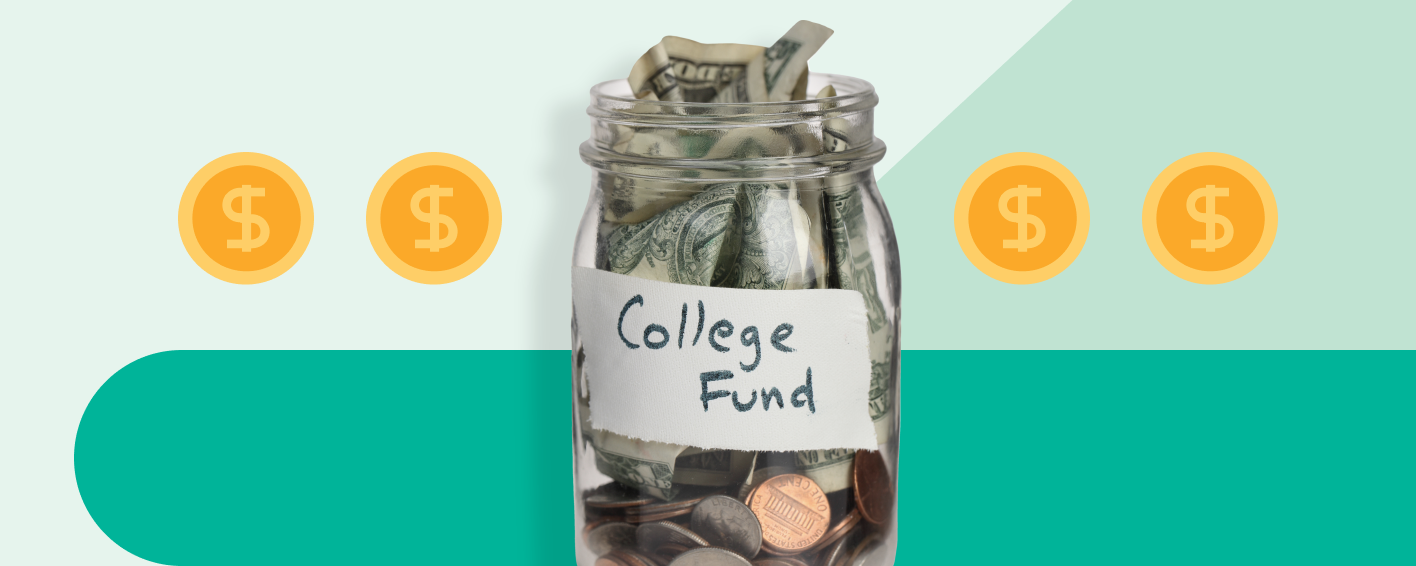Our goal is to give you the tools and confidence you need to improve your finances. Although we receive compensation from our partner lenders, whom we will always identify, all opinions are our own. Credible Operations, Inc. NMLS # 1681276, is referred to here as "Credible."

Content provided by Credible. Although we do promote products from our partner lenders who compensate us for our services, all opinions are our own.
For some Americans, the federal student loan payment deferral is an opportunity to regain their financial footing. For others, it might merely be a delay of the inevitable, and they know they’ll still struggle to make their student loan payments when deferral ends on Jan. 31, 2022.
Whichever camp you fall into, you may be wondering if it makes sense to continue paying your federal student loans through the deferment period. Continuing to pay could have its advantages, depending on your financial goals. On the other hand, taking advantage of deferment could allow you to put those funds toward other uses.
Let’s look at the pros and cons of each approach, and what to do if you know you’ll have trouble when student loan payments resume.
Should I continue to pay my student loans?
If your finances are in good shape and you can afford to continue making payments through the deferral period, doing so may have some advantages, including …
- You’ll pay down the principal faster. During deferment, federal student loans won’t accrue additional interest. This means any payments you make could be applied to your original loan balance, reducing your total interest costs over the life of the loan.
- You can avoid lengthening the loan term. When your monthly payments are deferred, they’re added to the end of your loan, which extends your repayment period. However, if you continue to make loan payments, it could actually shorten your repayment period because your payments will apply to the principal balance.
- Pay off private student loans quicker. If you have private student loans, you can put the money you’d normally pay for federal loans toward extra payments on your private ones. This will help you save on interest on the private loans. Just keep in mind that not paying on your federal loans will extend your repayment period when forbearance ends.
You can learn more about student loan refinancing and compare rates from multiple lenders using Credible.
Other ways to make the most of forbearance
During the payment pause on federal student loans, you could put the extra money toward:
- Building an emergency fund. Instead of making loan payments, you could add to or create an emergency fund. An emergency fund helps you cover unexpected expenses, such as medical emergencies, job loss, and more. Having one could help you avoid taking on additional debt.
- Paying down high-interest debt. If you have credit card debt or other high-interest debt, putting more money toward repaying it will save you more money than paying on your student loan that has a low interest rate.
- Saving for retirement. You could put the money toward maxing out your 401(k), Roth IRA, or traditional IRA.
- Putting a down payment on a home. If you plan on purchasing a home, putting the funds toward your down payment could lower your future mortgage payment.
Should I refinance to pay off my student loans faster?
In some situations, refinancing your student loans can make sense. Keep in mind, you can’t actually refinance federal student loans and replace them with a new federal student loan. Instead, you can consolidate multiple federal student loans into a single federal loan. But while that can simplify your payments, it won’t get you a lower interest rate, and may extend your repayment period. You can refinance a federal student loan with a private student loan, but doing so means you’ll be giving up access to federal benefits.
It may make sense to refinance student loans if …
- You have high interest rates. Interest rates on private student loans can be higher than federal student loan rates. If you replace your existing loan with another one, you could lower your interest rate and total interest costs (provided you don’t extend the repayment period).
- You have a variable rate. A variable-rate student loan has a monthly payment that goes up or down based on the direction of its interest rate. If you refinance into a fixed-rate student loan, you could save on total interest costs. Plus, it would give you a more predictable payment, which might be easier to budget for.
- Your credit has improved. If you applied for a private student loan on your own (or with a cosigner), you may be able to get a lower interest rate if your credit score and income have improved.
What to do if you won’t be able to afford your payments after forbearance ends
Many Americans have substantial student loan debt, so forbearance won’t benefit everyone equally. Some people are likely facing the prospect that they won’t be able to afford their federal student loans when payments resume next year.
If you think you’ll be at risk of default when student loan payment resumes, here are some steps to consider …
1. Talk to your loan servicer
The first and most important step you should take is to contact your loan servicer before payments resume to discuss your repayment options. If you need to suspend your monthly payments longer, ask about traditional deferment or forbearance. To qualify, you may have to submit documentation to your lender or servicer that proves you meet any eligibility requirements.
2. Consider an income-driven repayment plan
If you have a federal student loan (private loans don’t have this option), you may qualify for one of four income-driven repayment plans. Once you enroll in the plan, your monthly payments will be based on your family size and income. The terms of these plans range from 20 to 25 years.
After you submit your final payment under the plan, any remaining loan balance can be forgiven.
3. Check your eligibility for Public Service Loan Forgiveness
If you work for a nonprofit organization or government agency, you may qualify for the Public Service Loan Forgiveness (PSLF) program. To receive forgiveness, you must enroll in an income-driven repayment plan and make 120 “qualifying payments” while working for an eligible employer.
Similar to IDR plans, your remaining student loan debt will be forgiven at the end of the program.
Should I wait for all federal student loans to be forgiven?
Presidential campaign promises to forgive student loans can make skipping payments tempting. But resist this temptation. There’s currently no active plan in place to forgive the debts of federal student loan borrowers in the near future.
Since forgiveness isn’t guaranteed, you should prepare to resume student loan payments on Feb. 1, 2022. Meanwhile, consider setting aside the money you’d normally be putting toward your student loans now to help pay down the balance in the future. Or, consider using the extra funds to improve your financial situation by paying down other high-cost debt or building an emergency fund.. If you’ll be unable to resume payments in February, be sure to talk with your loan service provider before then to set up a payment plan that works for you.
Credible makes it easy to compare private student loan rates from multiple refinance lenders.


